A Fresh Coat for Tired Furniture through Upcycling
Have you ever looked at a piece of furniture and thought, "This has seen better days"? You're not alone! Many of us have tired furniture lying around, just begging for a makeover. Upcycling is the perfect solution to breathe new life into those worn-out pieces while also making a positive impact on the environment. Imagine transforming a drab old chair into a vibrant statement piece that reflects your personal style. Sounds exciting, right? In this article, we’ll explore the art of upcycling furniture, offering creative ideas and practical tips that not only enhance your home but also promote sustainability and self-expression.
So, what exactly is upcycling? In simple terms, it’s the process of taking discarded or old items and transforming them into something new and valuable. Unlike traditional recycling, which often breaks materials down into their basic components, upcycling enhances the original item, giving it a new purpose and life. This practice not only sparks creativity but also reduces waste, making it a win-win for both your home and the planet.
The benefits of upcycling are numerous:
- Environmental Impact: Reduces landfill waste and conserves resources.
- Cost-Effective: Saves money compared to buying new furniture.
- Personal Expression: Allows you to showcase your unique style and creativity.
By choosing to upcycle, you’re not just giving your furniture a fresh coat; you’re also contributing to a more sustainable future. How cool is that?
Now that you’re excited about upcycling, the next step is selecting the right furniture to transform. Not every piece is suitable for upcycling, so it’s essential to consider a few factors. First, look at the material of the furniture. Solid wood, for instance, is often easier to work with than particle board, which may not hold up as well under paint or other treatments. Also, assess the condition of the piece. Is it structurally sound? Are there any significant damages that could complicate your project?
Before diving into your upcycling adventure, take a moment to evaluate the condition of your chosen furniture. Look for any structural issues, such as wobbly legs or loose joints, and surface damage like scratches or dents. These factors will help you determine the best approach to your project. If the piece is in rough shape, you might need to invest some time in repairs before moving on to the fun stuff.
Understanding the materials used in your furniture is crucial for a successful upcycling project. Common materials include:
- Wood: Versatile and easy to paint or stain.
- Metal: Durable but may require special paint.
- Fabric: Great for reupholstering but needs careful selection.
Each material has its own implications for the techniques you can use, so make sure you know what you’re working with!
Not all furniture styles are created equal, and some may be more suited to upcycling than others. Consider the original style of your furniture and how it aligns with your vision for the piece. For instance, a mid-century modern chair might look stunning with a bold, colorful fabric, while a vintage farmhouse table could benefit from a distressed paint finish. The key is to find a balance between the original charm of the piece and your desired aesthetic.
Before you embark on your upcycling journey, gather the essential tools and supplies. Having everything on hand will make your project smoother and more enjoyable. Here’s a quick list of must-have items:
- Paintbrushes and rollers
- Sandpaper or a sander
- Staple gun for reupholstering
- Primer and paint or stain
- Fabric for upholstery
With these tools in your arsenal, you’ll be ready to tackle any upcycling project that comes your way!
Now comes the fun part—getting creative! Upcycling offers a plethora of techniques to explore. From painting and staining to reupholstering and adding embellishments, the possibilities are endless. Let your imagination run wild! You could use chalk paint for a matte finish that adds a rustic touch, or perhaps you want to try decoupage to give your furniture a unique flair.
Painting is one of the most popular methods of upcycling furniture. It can completely change the look of a piece and is relatively easy to do. Consider using different types of paint, such as acrylic or chalk paint, depending on the finish you want to achieve. Don’t forget to seal your work with a finishing coat to protect it from wear and tear!
Reupholstering is another fantastic way to rejuvenate your furniture. It can dramatically change the appearance of chairs, sofas, and more. Start by selecting fabrics that resonate with your style, and ensure you have the right tools for the job. With a little patience and practice, you can give your furniture a fresh, inviting look.
Upcycling is not just about giving your furniture a new look; it’s also a chance to infuse your personal style into each piece. Consider how you can reflect your personality through color schemes and patterns. Maybe you love bold, bright colors, or perhaps you prefer soft, muted tones. Whatever your preference, make sure it shines through in your upcycled creations.
Choosing the right colors and patterns can transform your furniture from ordinary to extraordinary. Look for combinations that complement your existing decor while also showcasing your unique taste. Don’t be afraid to experiment—after all, this is your chance to create something truly special!
To make your upcycled furniture truly one-of-a-kind, consider adding unique touches. This could be anything from stenciling designs onto surfaces to swapping out hardware for something more eye-catching. These small details can make a big difference, adding character and charm to your pieces.
After all the hard work you’ve put into upcycling, you’ll want to ensure your creations last. Proper maintenance is key to extending the life of your furniture. Regularly dust and clean your pieces, and be mindful of their exposure to sunlight and moisture. A little care goes a long way in keeping your upcycled furniture beautiful and functional for years to come.
Q: Can any furniture be upcycled?
A: While many pieces can be upcycled, it's essential to assess their condition and material first. Solid wood and sturdy frames are typically the best candidates.
Q: Do I need special skills to upcycle furniture?
A: Not at all! While some projects may require more skill, many upcycling techniques are beginner-friendly and can be learned with practice.
Q: What tools do I need to start upcycling?
A: Basic tools include paintbrushes, sandpaper, a staple gun, and any materials specific to your project, such as fabric or paint.
Q: How can I ensure my upcycled furniture is durable?
A: Use quality materials and finishes, and follow proper maintenance practices to keep your upcycled furniture looking great.

Understanding Upcycling
Upcycling is more than just a trendy buzzword; it's a transformative approach that breathes new life into discarded items, turning them into something beautiful and functional. Imagine taking an old, worn-out chair and instead of tossing it into the landfill, you give it a fresh coat of paint and a new cushion, creating a stunning piece that tells a story. This process not only enhances your creativity but also promotes sustainability in a world where waste is a growing concern.
The core principle of upcycling lies in its ability to elevate the perceived value of an item. Unlike traditional recycling, which often breaks down materials to create something entirely new, upcycling focuses on repurposing existing items. This means that the original materials remain intact, allowing for a more personal touch and a connection to the past. It's like giving your furniture a second chance at life, where every scratch and dent becomes a part of its unique character.
One of the most significant benefits of upcycling is its environmental impact. By choosing to upcycle, you're actively reducing waste and minimizing your carbon footprint. Consider these points:
- Reduces landfill waste: Every piece of furniture you save from the dump contributes to a healthier planet.
- Conserves resources: Upcycling reduces the need for new materials, saving trees and other natural resources.
- Encourages creativity: It opens the door to endless possibilities, allowing you to express your individuality through your projects.
In essence, upcycling is about finding potential in the overlooked. It invites you to step outside the box and see the beauty in what others may deem as trash. Whether you're a seasoned DIY enthusiast or a beginner looking to dip your toes into the world of creative projects, upcycling offers a fulfilling and rewarding experience. So, why not embark on this journey of transformation? You might just discover a hidden talent for design and a passion for sustainability along the way!
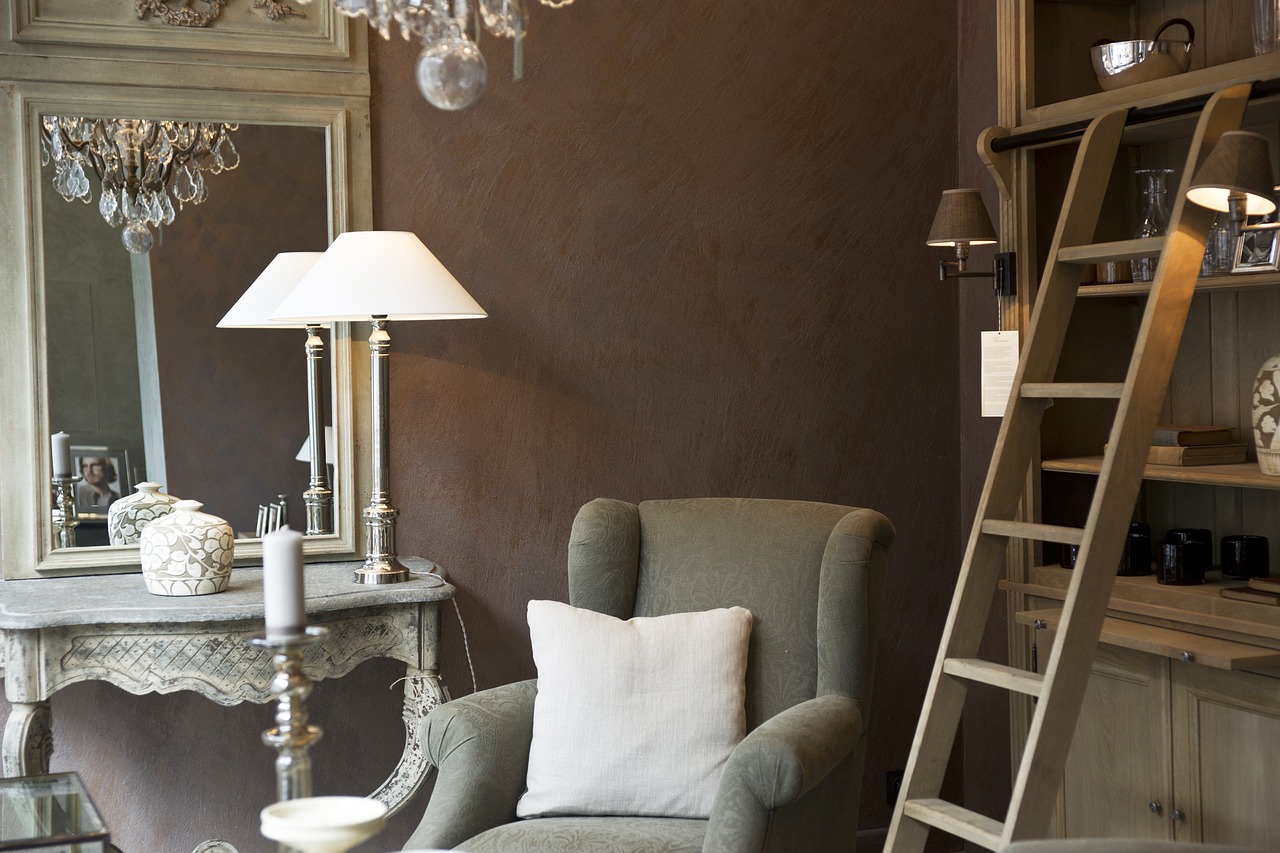
Choosing the Right Furniture
When it comes to upcycling furniture, the first step is choosing the right pieces to transform. Not every old chair or table is a candidate for a stunning makeover, and understanding what to look for can make all the difference in your project’s success. Think of it like picking the perfect canvas for a painting; you want something that not only inspires you but also has the potential to shine with a little TLC.
Firstly, consider the material of the furniture. Solid wood pieces, for example, are often the best choices for upcycling projects. They are durable and can withstand various techniques such as sanding, painting, or staining. On the other hand, particleboard or MDF may not hold up as well under these processes, leading to frustration and a less-than-stellar outcome. If you’re unsure, look for furniture made from:
- Solid hardwood (like oak, maple, or cherry)
- Metal (for industrial-style projects)
- Quality upholstery (for reupholstering projects)
The condition of the furniture is another critical factor. A piece with minor scratches or a bit of wear can be easily revitalized, but if you’re dealing with significant structural issues—like broken legs or warped surfaces—you might want to reconsider. Always assess whether the repairs needed are within your skill level and if the time investment is worth it. A quick inspection checklist can help:
| Condition Aspect | What to Look For |
|---|---|
| Structural Integrity | No wobbly legs or loose joints |
| Surface Damage | Minor scratches or dents are fine; avoid deep gouges |
| Upholstery Condition | No significant tears or stains (unless you plan to reupholster) |
Next, let’s talk about style compatibility. The original design of the furniture can influence your upcycling choices. For instance, a vintage dresser can be transformed into a chic statement piece with a modern color palette, but it’s essential to ensure that your vision aligns with its inherent style. If you’re a fan of bohemian aesthetics, consider how you can incorporate natural textures and earthy tones into your project. Alternatively, if you lean towards a more contemporary look, sleek lines and bold colors might be your best bet. Finding that balance between the original style and your personal touch is key to creating a harmonious final product.
Lastly, don’t forget about the size of the furniture. A large, ornate piece may be perfect for a spacious living room, but it could overwhelm a smaller area. Conversely, a petite side table can easily fit into various nooks around your home. Always measure your space and visualize how the upcycled piece will fit into your existing decor. This way, you can ensure that your newly transformed furniture not only looks great but serves its purpose effectively.
In conclusion, choosing the right furniture for upcycling is about more than just aesthetics; it involves considering material, condition, style compatibility, and size. By taking the time to evaluate these aspects, you can set yourself up for a successful and rewarding upcycling experience that not only breathes new life into old pieces but also reflects your unique style.
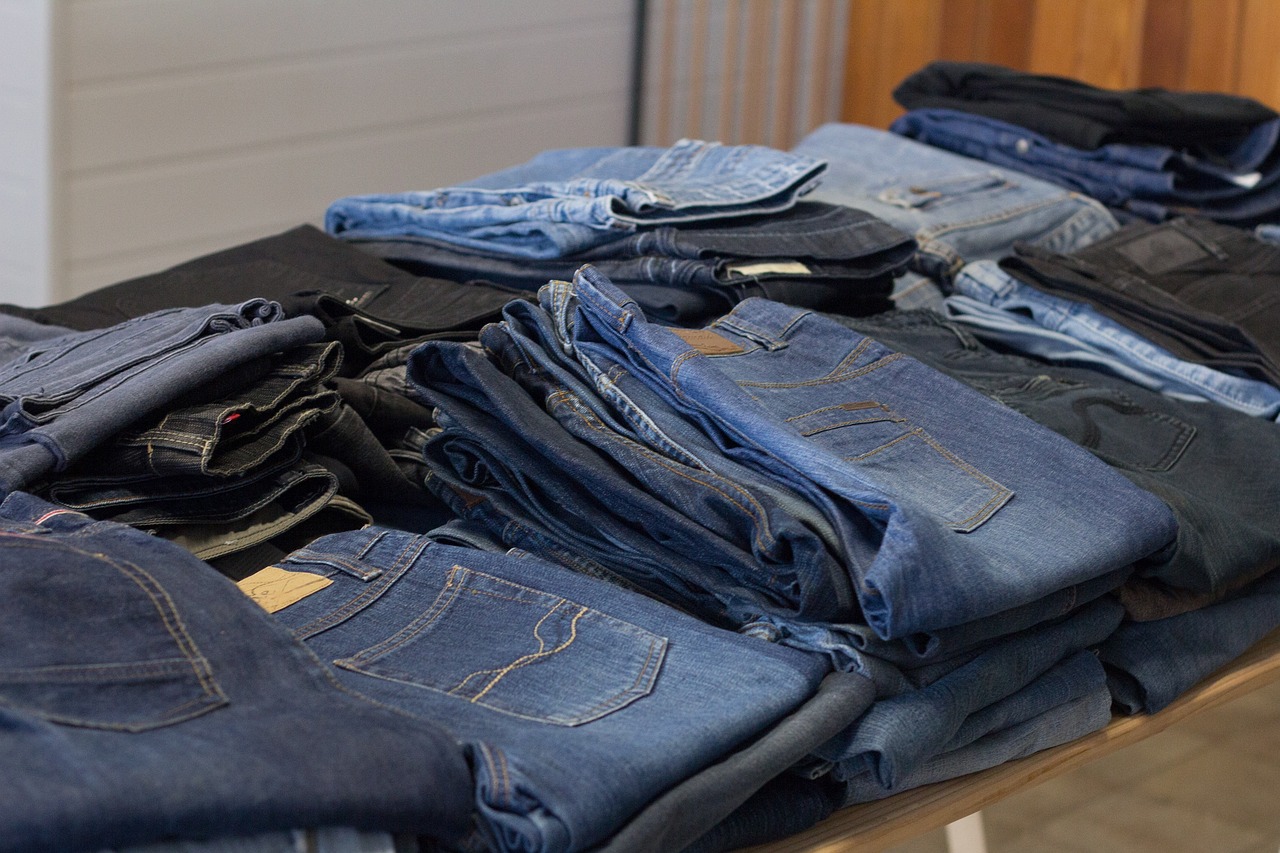
Assessing Condition
When it comes to upcycling furniture, assessing the condition of your piece is a crucial first step that can make or break your project. You wouldn’t want to invest time and resources into a piece that’s beyond saving, right? So, how do you evaluate whether your furniture is upcycling-ready? Start by examining both the structural integrity and the surface condition of your item. Look for any signs of damage such as cracks, wobbly legs, or broken joints, as these can indicate deeper issues that might require more than just a fresh coat of paint.
Next, take a close look at the surface. Are there scratches, stains, or water damage? These imperfections can often be remedied with the right techniques, but they’ll dictate the type of upcycling approach you’ll need to take. For instance, if the surface is scratched but the structure is sound, a good sanding and a fresh coat of paint might be all you need to bring it back to life. On the other hand, if the wood is rotting or the upholstery is severely damaged, you might need to reconsider your options.
Here’s a quick checklist to guide you through the assessment process:
- Structural Integrity: Check for stability, wobbly parts, and any broken joints.
- Surface Condition: Look for scratches, stains, or any signs of wear and tear.
- Material Type: Determine if the materials can withstand the upcycling process you have in mind.
- Historical Value: Consider if the piece has any sentimental or historical value that might affect your decision to upcycle.
After this thorough evaluation, you’ll have a much clearer idea of how to proceed with your upcycling project. Remember, the goal is to breathe new life into your furniture while ensuring it remains functional and aesthetically pleasing. So, don’t shy away from making tough decisions if a piece simply isn’t worth the effort. Sometimes, the best upcycling choice is to let go and find something that truly inspires you!
Q: How do I know if my furniture is worth upcycling?
A: If the piece is structurally sound and has sentimental value, it’s likely worth upcycling. Look for good bones and a style that can be enhanced with your creativity.
Q: What if my furniture has water damage?
A: Minor water damage can often be repaired with sanding and refinishing. However, if the wood is warped or rotting, it may be best to reconsider.
Q: Can I upcycle particle board furniture?
A: While it’s possible, be cautious. Particle board can be less durable and may not hold up well to heavy refinishing techniques.
Q: What tools do I need to assess my furniture?
A: A simple toolkit with a screwdriver, level, sandpaper, and a magnifying glass can help you check for structural issues and surface conditions effectively.

Identifying Materials
When embarking on an upcycling adventure, one of the most crucial steps is identifying the materials used in your furniture. Understanding what your piece is made of not only helps in planning your project but also influences the techniques and products you'll use. For instance, different materials require different types of paint, adhesives, or finishes. Imagine trying to paint a plastic chair with oil-based paint; it wouldn’t adhere well, would it? That’s why knowing your materials is key!
Common materials found in furniture include wood, metal, plastic, and upholstery fabrics. Each material has its own characteristics and quirks. For example, solid wood is often more forgiving and can be sanded down or refinished easily, while particle board may not hold up well under heavy sanding. Here’s a quick rundown of some common materials:
| Material | Characteristics | Upcycling Tips |
|---|---|---|
| Wood | Durable, can be sanded and stained | Use wood filler for cracks and choose a stain that enhances grain |
| Metal | Sturdy, can rust, requires special paint | Clean thoroughly and use rust-inhibiting spray paint |
| Plastic | Lightweight, can be tricky to paint | Use a primer specifically designed for plastic |
| Upholstery | Varies widely, can be durable or delicate | Choose fabrics that are easy to clean and maintain |
As you evaluate your furniture, pay close attention to any labels or tags that might indicate the materials used. If you can't find any, a quick scratch test or visual inspection can often reveal the truth. For instance, real wood will have a grain pattern, while laminate will look more uniform and smooth. Additionally, it's helpful to consider the age of the furniture. Older pieces may be made from materials that are no longer common, like certain types of hardwoods, which can be a treasure in upcycling!
Lastly, remember that your choice of material will affect the final outcome of your project. If you’re aiming for a rustic vibe, reclaimed wood might be your best bet. On the other hand, if you want something sleek and modern, metal or plastic could be the way to go. So, take your time in identifying materials, as this foundational step will set the stage for your creative transformation!
- What is the best type of paint for wood furniture? - Chalk paint is popular for its matte finish and easy application, but latex paint is also a great choice for durability.
- Can I upcycle furniture without prior experience? - Absolutely! Many upcycling projects are beginner-friendly, and there are plenty of tutorials available online to guide you.
- How can I tell if my furniture is solid wood? - Look for a visible grain pattern, check the weight (solid wood is heavier), and tap on it; solid wood will sound more solid compared to particle board.
- What should I do if my furniture has structural damage? - Depending on the extent of the damage, you might need to reinforce joints or replace parts. It’s best to consult a professional if you’re unsure.
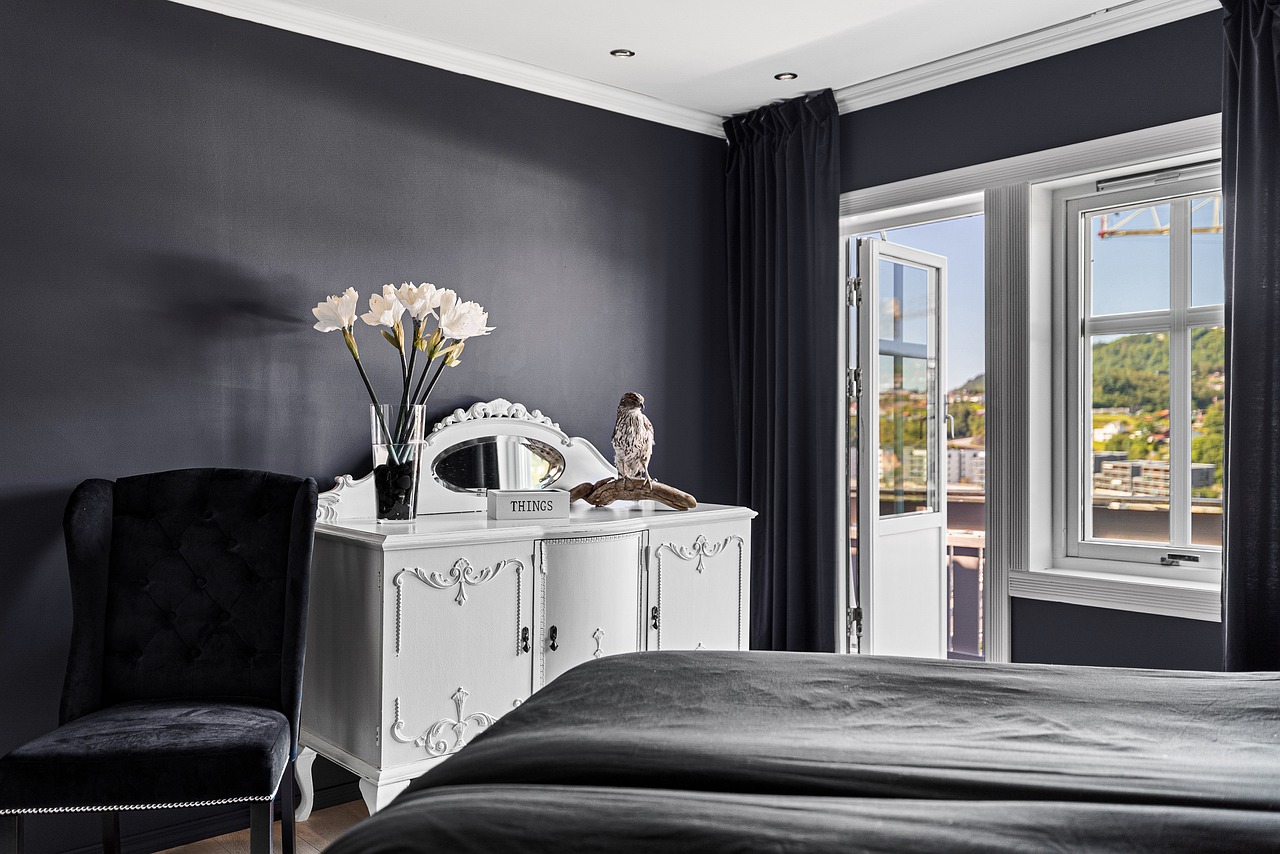
Style Compatibility
When diving into the world of upcycling, one of the most crucial aspects to consider is . Not every piece of furniture is destined to become a masterpiece, and understanding how to match your vision with the original style of the furniture is key to achieving a harmonious final product. Think of it like a dance; if the partners are out of sync, the performance can fall flat. So, how do you ensure that your upcycled piece waltzes smoothly into your home decor?
First, it's essential to assess the original style of the furniture. Is it a classic mid-century modern piece with clean lines, or is it a more ornate Victorian design? Each style has its own character, and the changes you make should either enhance or respect that character. For instance, if you have a rustic farmhouse table, adding a sleek, modern finish might clash with its inherent charm. Instead, consider using a weathered stain that complements its rustic roots.
Another factor to consider is the overall aesthetic of your home. Are your spaces filled with eclectic pieces, or do you lean more towards a cohesive, minimalist design? When upcycling, it's important to think about how the new piece will fit into the existing decor. For example, if your living room features bright, bold colors, you might want to choose vibrant upholstery for your upcycled chair. Conversely, if your space is neutral and calm, a soft pastel or monochrome scheme could provide a beautiful contrast without overwhelming the senses.
Additionally, consider the functionality of the furniture. A piece that looks stunning but serves no purpose can quickly become a burden. Ensure that the style changes you implement not only enhance aesthetics but also maintain or improve functionality. For example, if you're transforming an old dresser into a chic media console, ensure that the modifications allow for proper cable management and storage.
Lastly, don’t shy away from mixing styles! Sometimes, a little contrast can create a stunning focal point in a room. For instance, pairing a vintage upcycled chair with a contemporary table can create a delightful conversation starter. Just remember to keep a few elements consistent—like color or texture—to tie the look together. In this way, your upcycled furniture can not only shine on its own but also enhance the overall vibe of your space.
In conclusion, style compatibility is about more than just aesthetics; it’s about creating a piece that resonates with both your personal taste and the environment in which it lives. By taking the time to assess the original style, consider your home's decor, and ensure functionality, you can create upcycled pieces that are not only beautiful but also meaningful.
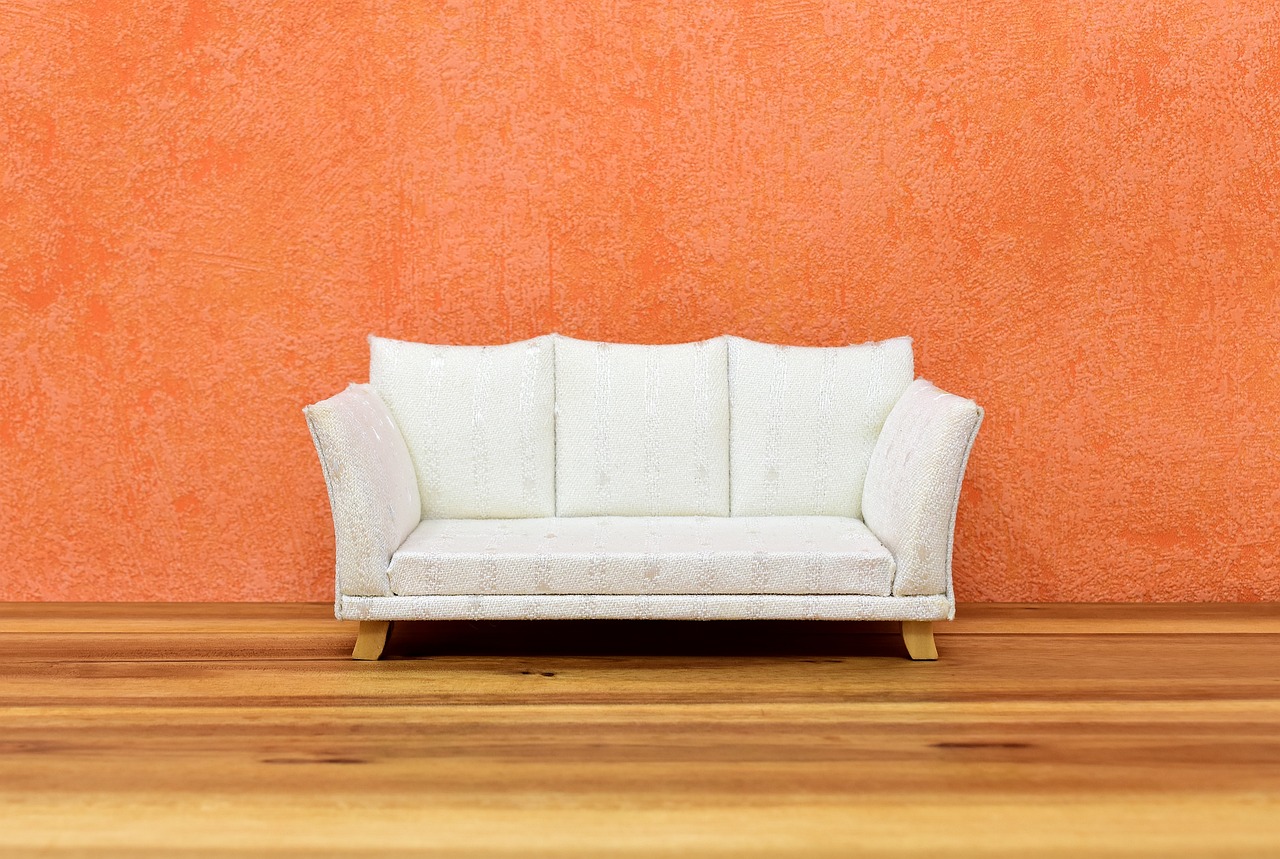
Essential Tools and Supplies
Before diving into your upcycling adventure, it's crucial to gather the right tools and supplies. Think of this as your treasure map; without it, you might find yourself lost in a sea of paint and fabric swatches! So, what do you need? Let's break it down.
First and foremost, you'll want to invest in some basic tools. A good screwdriver set is essential for disassembling furniture, while a hammer will be your best friend for any repairs or adjustments. Don't forget a reliable measuring tape—you'll need it to ensure that your new upholstery or paint job fits just right. If you're planning to sand down surfaces, having a sander or some sandpaper on hand will make your life much easier.
Next up, let's talk about supplies. Paint is often the star of the show in any upcycling project. Depending on the look you’re going for, you might choose chalk paint for a matte finish, or go with spray paint for a more modern vibe. If you're planning to stain wood, grab some wood stain and a few brushes. Speaking of brushes, having a good selection of paintbrushes and rollers will help you achieve that professional finish.
For those who want to take their furniture to the next level, upholstery supplies are a must. Gather some fabric that speaks to your personal style—think bold patterns or calming colors. You'll also need upholstery staples and a staple gun to secure your new fabric in place. And if you're feeling adventurous, consider adding some embellishments like stencils or decorative hardware to give your piece that unique flair.
To help you visualize everything you might need, here's a quick reference table:
| Tool/Supply | Purpose |
|---|---|
| Screwdriver Set | Disassemble furniture |
| Hammer | Make repairs |
| Measuring Tape | Ensure accurate measurements |
| Sander/Sandpaper | Smooth surfaces |
| Chalk Paint/Spray Paint | Transform appearance |
| Upholstery Fabric | Reupholster furniture |
| Staple Gun | Secure fabric |
| Decorative Hardware | Add unique touches |
In summary, having the right tools and supplies will not only make your upcycling project smoother but also more enjoyable. So, gather your gear, and let your creativity flow! Remember, each tool is like a brush in an artist's hand, ready to help you create a masterpiece from your tired furniture.
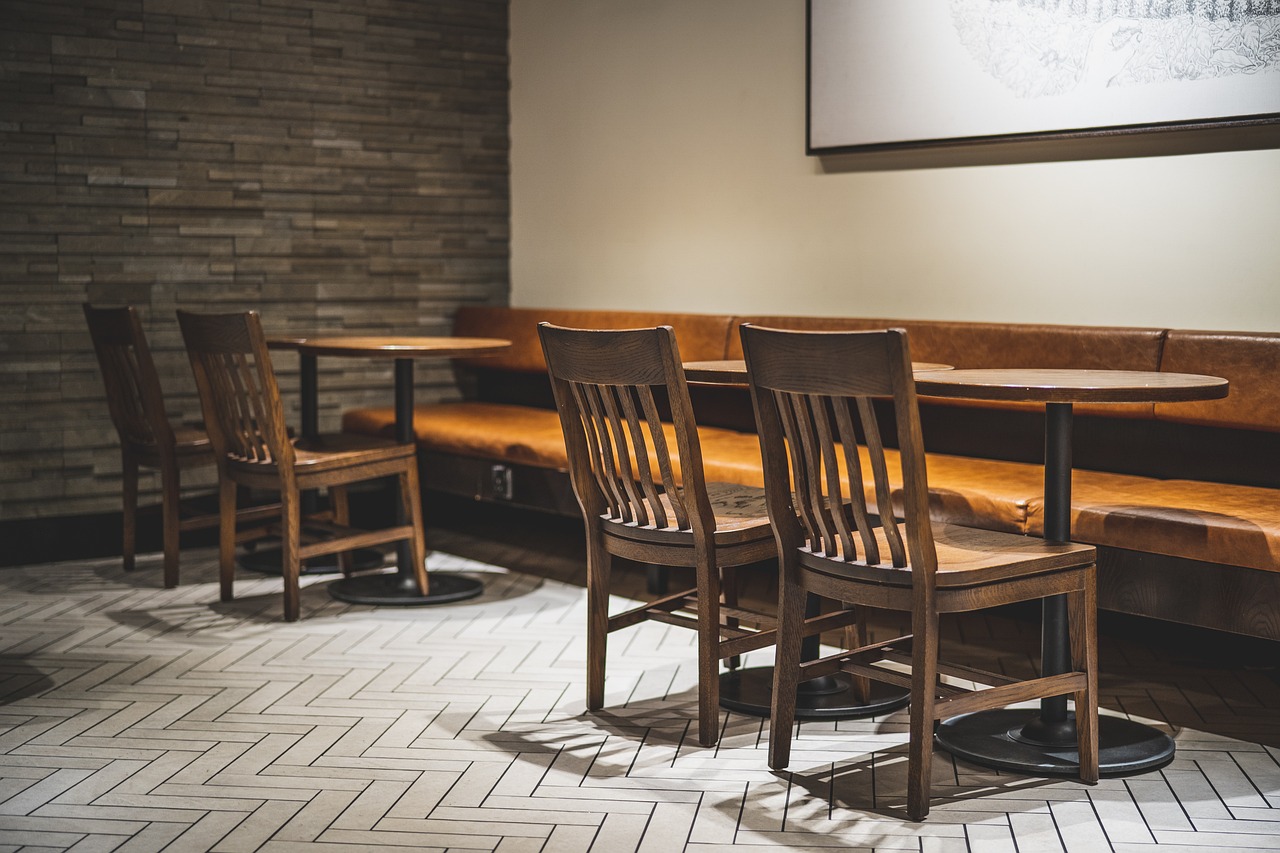
Creative Techniques for Upcycling
Upcycling furniture is not just about giving your old pieces a new look; it’s about unleashing your creativity and turning the mundane into the extraordinary. There are countless techniques you can use to breathe life into tired furniture, and the best part is that many of these methods are simple and require minimal investment. Whether you’re a DIY novice or a seasoned pro, there’s something here for everyone. Let’s dive into some of the most popular techniques that will transform your furniture into stunning conversation pieces.
One of the most beloved techniques is painting. This method can drastically alter the appearance of your furniture with just a few strokes of a brush. You can opt for bold colors to make a statement or soft pastels for a more subtle approach. When painting, consider using chalk paint for a matte finish that adds a rustic charm, or spray paint for a smooth, modern look. Don't forget to seal your work with a protective finish to enhance durability and shine.
Another creative technique is reupholstering. This is particularly effective for upholstered furniture like chairs and sofas. By selecting a new fabric that resonates with your personal style, you can completely change the vibe of a piece. Choose from a wide range of materials, from luxurious velvet to durable canvas, depending on the look you want to achieve. Make sure to gather the right tools, such as a staple gun and fabric scissors, to ensure a smooth process. Remember, the key to successful reupholstering is in the details, so take your time to ensure everything is snug and neat.
For those looking to add a touch of flair, consider incorporating embellishments. This could mean adding decorative hardware, stenciling designs, or even attaching new legs to a table or chair. For instance, vintage knobs can add character to a dresser, while stencils can create intricate patterns on a painted surface. The possibilities are endless, and these small touches can make a big impact.
To help you visualize these techniques, here’s a quick comparison of some popular upcycling methods:
| Technique | Description | Best For |
|---|---|---|
| Painting | Transforming the color and finish of furniture | All types of furniture |
| Reupholstering | Changing the fabric on upholstered items | Chairs, sofas, and cushions |
| Embellishments | Adding decorative elements for a unique look | All furniture types |
In addition to these techniques, don’t shy away from experimenting with staining or distressing your furniture. Staining can enhance the natural grain of wood, giving it a rich, polished look, while distressing adds a vintage feel that many people love. A little sandpaper can go a long way in creating that worn-in appearance that’s so popular in farmhouse decor.
Finally, remember that upcycling is not just about aesthetics; it’s also about sustainability. By reimagining what you already own, you’re reducing waste and giving your furniture a second chance. So, gather your tools, unleash your creativity, and let your imagination run wild. The next time you look at a piece of furniture that seems past its prime, ask yourself: how can I turn this into something beautiful?
Q: What is the best type of paint for upcycling furniture?
A: Chalk paint is highly recommended for its ease of use and beautiful matte finish. However, acrylic and spray paints also work well depending on the look you want to achieve.
Q: Can I upcycle furniture that has structural damage?
A: Yes, but you may need to repair any structural issues before starting your upcycling project. Make sure to assess the condition thoroughly.
Q: How do I choose the right fabric for reupholstering?
A: Consider the durability and feel of the fabric, as well as how it complements your existing decor. Always opt for fabrics that are easy to clean, especially for high-use items.
Q: What tools do I need for upcycling?
A: Essential tools include a paintbrush, roller, staple gun, fabric scissors, sandpaper, and a measuring tape. Depending on your project, you might need additional tools.
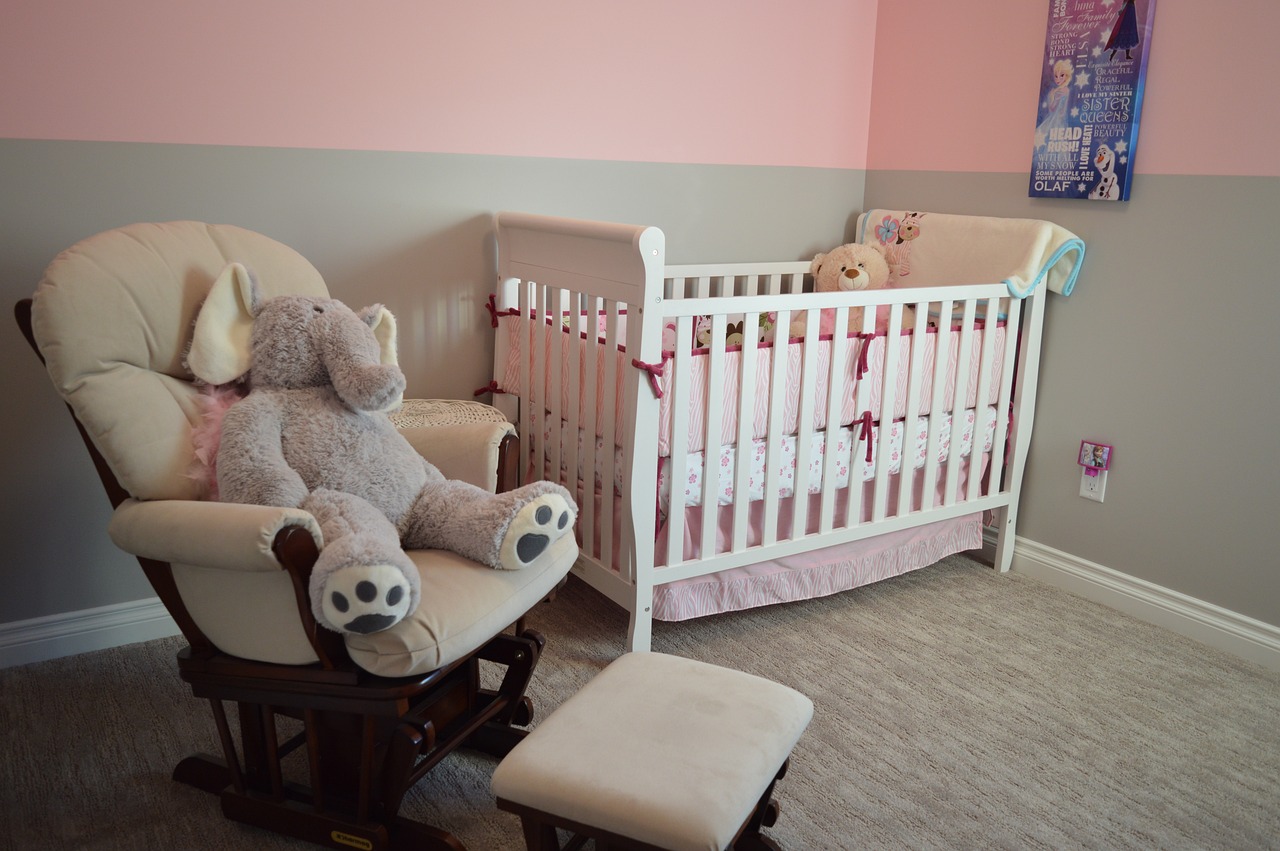
Painting and Finishing
When it comes to upcycling furniture, one of the most transformative techniques is painting. A fresh coat of paint can breathe new life into tired pieces, turning them from drab to fab in no time! But before you dive into the world of color and finishes, there are a few things you should consider to ensure your project turns out beautifully.
First off, choosing the right type of paint is crucial. You have several options depending on the material of your furniture and the look you want to achieve. Here’s a quick rundown of the most popular types of paint:
- Chalk Paint: This is a favorite among DIY enthusiasts for its matte finish and ease of use. It adheres well to most surfaces without the need for extensive prep work.
- Milk Paint: Made from natural ingredients, milk paint is eco-friendly and offers a unique, vintage look. It can be mixed to create custom colors, giving you the freedom to express your personal style.
- Acrylic Paint: This versatile option is great for wood, metal, and even fabric. It dries quickly and is available in a wide range of colors and finishes.
- Spray Paint: If you're looking for a smooth finish without brush strokes, spray paint is the way to go. Just be sure to work in a well-ventilated area and protect your surroundings.
Once you've selected your paint, it's time to prep your furniture. This step is vital to achieving a professional-looking finish. Start by cleaning your piece thoroughly to remove any dust or grease. If your furniture has a glossy finish, consider lightly sanding it to create a rough surface for better paint adhesion. Don't forget to fill in any cracks or holes with wood filler, and sand it down once it’s dry.
Now, let’s talk about application techniques. For a flawless finish, consider using a high-quality brush or roller. If you're using spray paint, keep the can at a consistent distance from the surface to avoid drips. Apply multiple thin coats rather than one thick coat; this will help prevent runs and ensure even coverage. Allow each coat to dry completely before applying the next. Patience is key here!
After painting, you might want to add a finishing touch. A protective topcoat can make all the difference in preserving your hard work. Options include:
- Polyurethane: This clear finish is durable and water-resistant, ideal for surfaces that will see a lot of use.
- Wax: For a softer sheen, consider using furniture wax. It’s easy to apply and provides a natural look.
- Sealants: If you’re using chalk or milk paint, a sealant can help protect the finish and enhance durability.
Finally, don’t forget to let your piece cure. While it may look dry to the touch, paint can take time to fully harden, especially if you’ve applied multiple coats. Aim to wait at least a few days before using your newly upcycled furniture to ensure it’s fully set.
In conclusion, painting and finishing your upcycled furniture can be a rewarding process that allows you to express your creativity while giving new life to old pieces. With the right materials and techniques, you can achieve stunning results that will have your friends and family asking where you found such fabulous furniture!
Q: Can I paint over laminate furniture?
A: Yes, you can! Just make sure to clean and sand the surface lightly for better adhesion.
Q: How long does it take for paint to dry?
A: Drying time can vary based on the type of paint and environmental conditions, but generally, it's best to wait 1-2 hours between coats and 24-48 hours before heavy use.
Q: What if I make a mistake while painting?
A: Don’t worry! Most mistakes can be fixed. If you notice drips, wait for the paint to dry and then sand it down lightly before repainting.
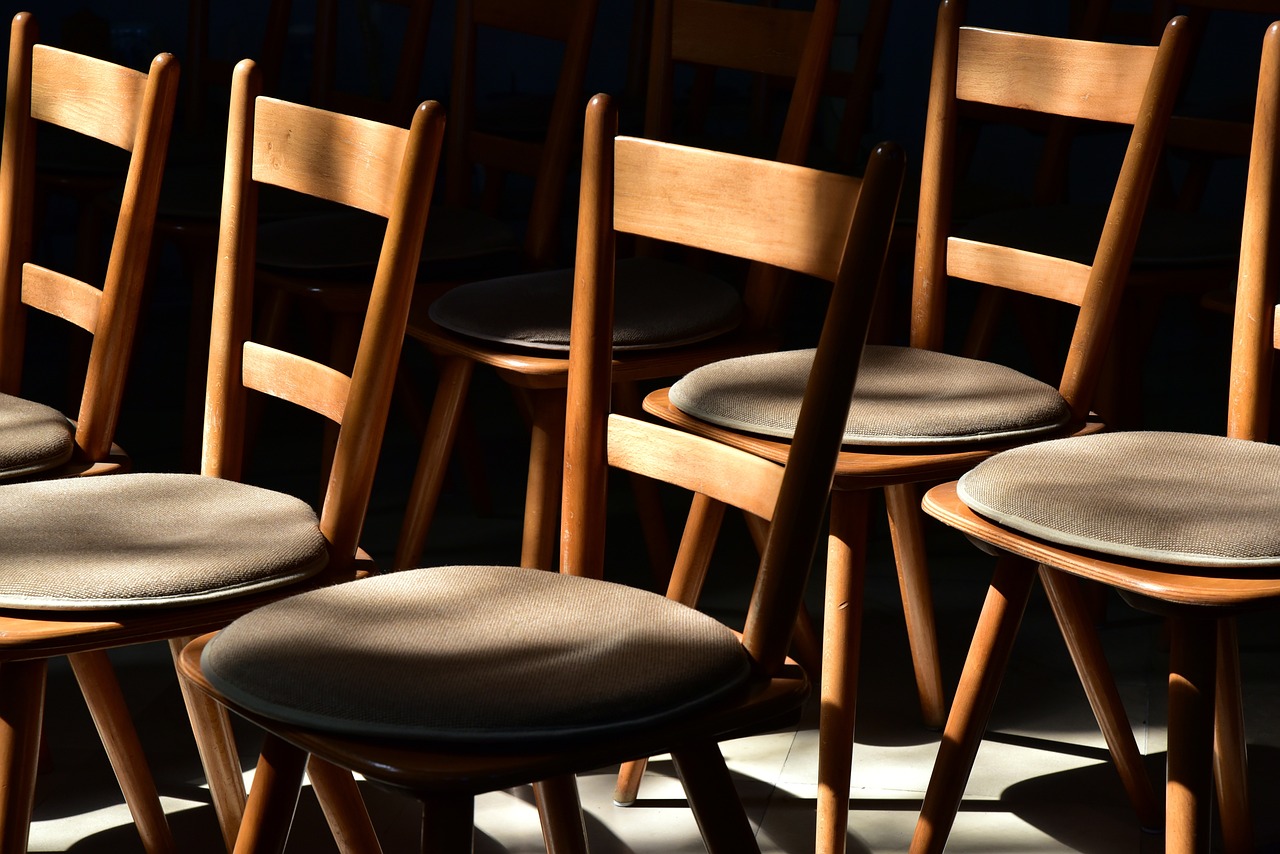
Reupholstering Basics
When it comes to giving your furniture a fresh look, reupholstering is one of the most impactful techniques you can employ. It’s like giving your favorite chair a brand-new wardrobe! But before diving into this creative endeavor, it’s essential to understand the basics of reupholstering. First and foremost, you’ll want to select the right fabric. The fabric you choose not only determines the aesthetic appeal of your furniture but also its durability. For instance, if you have a high-traffic area, opting for a sturdy fabric like canvas or denim might be wise, while a luxurious velvet could be perfect for a formal living room setting.
Next, let’s talk about tools. You don’t need a full workshop to reupholster effectively, but having some essential tools on hand will make the process smoother. Here’s a quick rundown of what you might need:
- Staple Gun: A must-have for securing fabric to the furniture.
- Upholstery Needle: Essential for sewing heavy fabrics.
- Fabric Scissors: Sharp scissors will make cutting fabric a breeze.
- Measuring Tape: Accurate measurements are crucial to avoid fabric wastage.
After gathering your tools and selecting your fabric, it’s time to remove the old upholstery. This step can feel a bit daunting, but don’t worry! Start by carefully taking off the old fabric, using a flathead screwdriver to pry out staples or tacks. As you remove the old fabric, take note of how it was attached; this will serve as a guide when you attach the new fabric. If you’re feeling adventurous, you might even consider adding some padding to enhance comfort and shape. This is especially useful for chairs that have seen better days!
Once the old upholstery is off, it’s time to cut your new fabric. Make sure to measure accurately and add a few extra inches on each side to allow for stapling and tucking. When you’re ready to attach the new fabric, start from the center and work your way outwards. This technique helps to avoid wrinkles and ensures that the fabric is taut. Use your staple gun to secure the fabric in place, and don’t forget to check for evenness as you go.
To finish off your masterpiece, consider adding some unique touches. Decorative trims, such as piping or fringe, can add a pop of flair to your reupholstered piece. Plus, they’re a fantastic way to hide any imperfections in your work! Remember, reupholstering isn’t just about making something look good; it’s about infusing your personality into the piece. So, don’t hesitate to let your creativity shine!
Lastly, once your furniture is reupholstered, it’s vital to maintain it properly. Regular cleaning and occasional touch-ups will keep it looking fresh and new. With a little effort and creativity, your reupholstered furniture can become a stunning centerpiece in your home, showcasing not just your style but also your commitment to sustainability.
Q: How do I know if my furniture is worth reupholstering?
A: If the frame is in good condition and the piece has sentimental value or a unique style, it’s likely worth reupholstering. Look for sturdy joints and minimal damage to the frame.
Q: Can I reupholster furniture myself?
A: Absolutely! With the right tools, materials, and a bit of patience, DIY reupholstering can be a fulfilling project.
Q: How much does it cost to reupholster furniture?
A: Costs can vary widely based on fabric choice and the complexity of the project. On average, expect to spend anywhere from $200 to $600 for a standard chair.
Q: What type of fabric is best for reupholstering?
A: It depends on the use of the furniture. For high-traffic areas, consider durable fabrics like microfiber or canvas. For a more elegant look, try velvet or upholstery-grade cotton.
Q: How long does the reupholstering process take?
A: The time it takes can vary based on your experience and the complexity of the piece. A simple chair might take a few hours, while a larger sofa could take a couple of days.
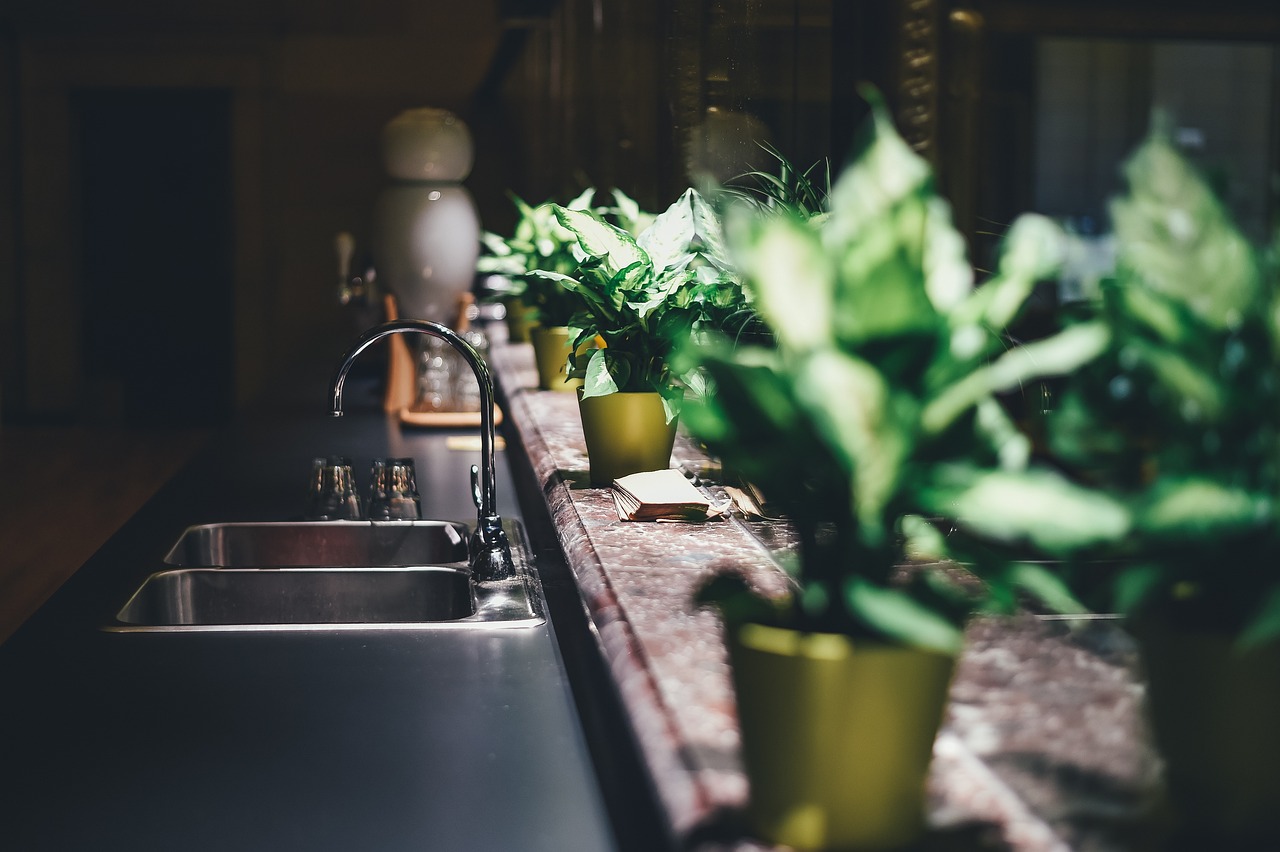
Incorporating Personal Style
Upcycling is not just about giving old furniture a new lease on life; it’s also a fantastic opportunity to showcase your personal style! Think of your furniture as a blank canvas, waiting for your unique artistic touch. By incorporating your personal flair, you can transform a simple piece into a statement that reflects who you are and what you love. Whether you prefer a modern minimalist vibe or a bohemian eclectic aesthetic, the possibilities are endless.
When you embark on an upcycling project, consider how the piece can tell your story. Are you drawn to bold colors and patterns, or do you prefer soft, muted tones? The choice of color schemes can dramatically influence the overall feel of your furniture. For instance, a bright yellow chair can add a pop of sunshine to a dull corner, while a deep navy blue can lend an air of sophistication. Think about the colors that resonate with you and how they can complement your existing décor.
Patterns are another exciting way to express your individuality. You might want to opt for classic stripes or floral designs that evoke a sense of nostalgia. Mixing and matching patterns can create a playful look, but it’s essential to maintain a sense of balance. For example, if you choose a vibrant floral fabric for your sofa, consider pairing it with solid-colored cushions to avoid overwhelming the space. The key here is to find harmony in your choices.
In addition to colors and patterns, don’t shy away from adding unique touches to your upcycled furniture. This could be anything from stenciling a favorite quote on a table to replacing standard knobs with quirky hardware that reflects your personality. Imagine a vintage dresser adorned with mismatched knobs collected from flea markets—each one telling a story of where it came from. These personal elements not only enhance the aesthetic but also make your piece truly one-of-a-kind.
Moreover, think about incorporating elements that resonate with your hobbies or interests. For instance, if you love gardening, consider using old wooden crates as planters or turning an old chair into a charming plant stand. This not only adds a personal touch but also serves a functional purpose. Your upcycled furniture can be a conversation starter, sparking discussions about your passions and inspirations.
Finally, remember that the process of upcycling is as important as the final product. Embrace the journey and allow your creativity to flow freely. Don’t be afraid to experiment and try new techniques, as this is where the magic happens. You might discover a new style that you never knew you loved!
- What is upcycling? Upcycling is the process of transforming old or discarded items into something new and valuable, often enhancing their aesthetic and functional appeal.
- Can I upcycle any type of furniture? While most furniture can be upcycled, it’s essential to assess its condition and material to ensure a successful transformation.
- How do I choose the right colors for my upcycled furniture? Consider the existing color palette of your home and choose colors that complement or contrast effectively to create a cohesive look.
- What tools do I need for upcycling projects? Basic tools include sandpaper, paint brushes, a staple gun, and a good pair of scissors. Depending on your project, you may need additional specialized tools.
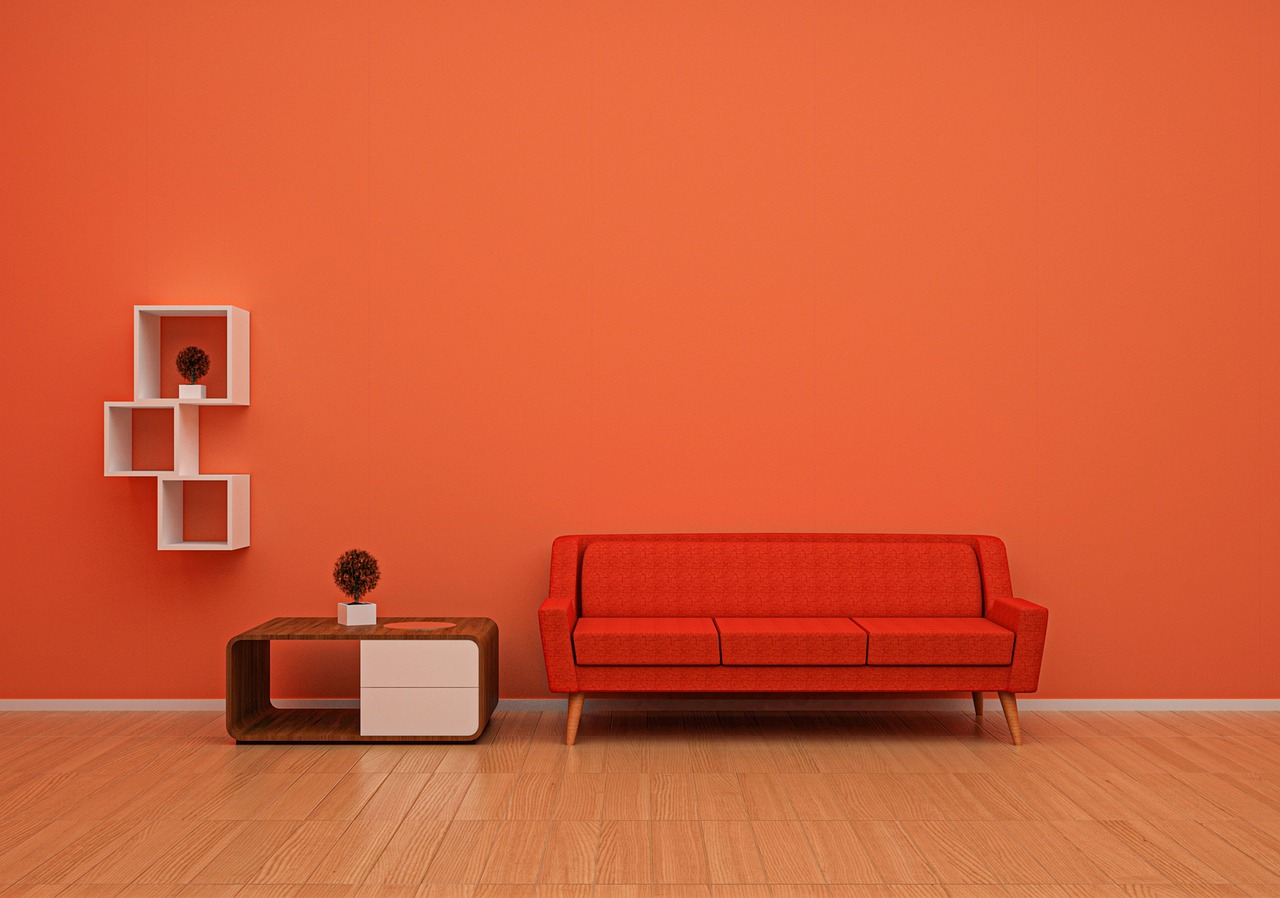
Color Schemes and Patterns
Choosing the right color schemes and patterns can completely transform your upcycled furniture, creating a stunning focal point in any room. Imagine walking into a space where a once dull, outdated chair now bursts with vibrant hues and intricate designs that reflect your personality! The beauty of upcycling is that it allows you to express your unique style, and selecting the right colors and patterns is a crucial step in that journey.
When considering color schemes, think about the overall atmosphere you want to create. Do you want something bold and energetic or calm and serene? For a lively space, you might opt for bright colors like turquoise, coral, or sunshine yellow. On the other hand, if you're aiming for a more soothing environment, soft pastels or neutral tones can work wonders. Mixing and matching colors can also lead to exciting results; just ensure they complement each other. A popular method is the 60-30-10 rule, which states that 60% of your space should be a dominant color, 30% a secondary color, and 10% an accent color.
Patterns are another fantastic way to add personality to your furniture. From floral prints to geometric designs, the options are endless! However, it’s essential to choose patterns that harmonize with the colors you’ve selected. For instance, if you’re using a bold color palette, consider a more subtle pattern to avoid overwhelming the piece. Conversely, if you’re working with muted colors, a striking pattern can serve as a delightful surprise. Here’s a quick breakdown of popular patterns:
| Pattern Type | Description | Best Used With |
|---|---|---|
| Floral | Soft, romantic designs featuring flowers | Pastel colors, vintage styles |
| Geometric | Bold shapes and lines for a modern touch | Bright colors, contemporary designs |
| Stripes | Classic lines that can elongate or widen a piece | Neutral tones, casual settings |
| Abstract | Unique and artistic designs that stand out | Minimalist styles, vibrant colors |
Don’t hesitate to experiment! You can even combine different patterns in a single piece, provided you maintain a cohesive color scheme. For example, a striped cushion paired with a floral chair can create an eclectic yet charming look. The key is to balance the visual elements so that one doesn’t overpower the other.
Finally, remember that your home is a reflection of you. Whether you’re upcycling a dresser, a chair, or a table, let your personality shine through your color choices and patterns. The journey of upcycling is not just about giving old furniture a new life; it’s about creating a space that tells your story. So grab those paintbrushes, roll out the fabric, and let your imagination run wild!
- What are the best colors for upcycled furniture? It largely depends on your personal style, but vibrant colors like turquoise or coral can energize a space, while pastels create a serene atmosphere.
- Can I mix patterns when upcycling? Absolutely! Just ensure that the colors complement each other and maintain a balance to avoid overwhelming the piece.
- How do I choose a color scheme? Consider the mood you want to create and use the 60-30-10 rule for a balanced look.
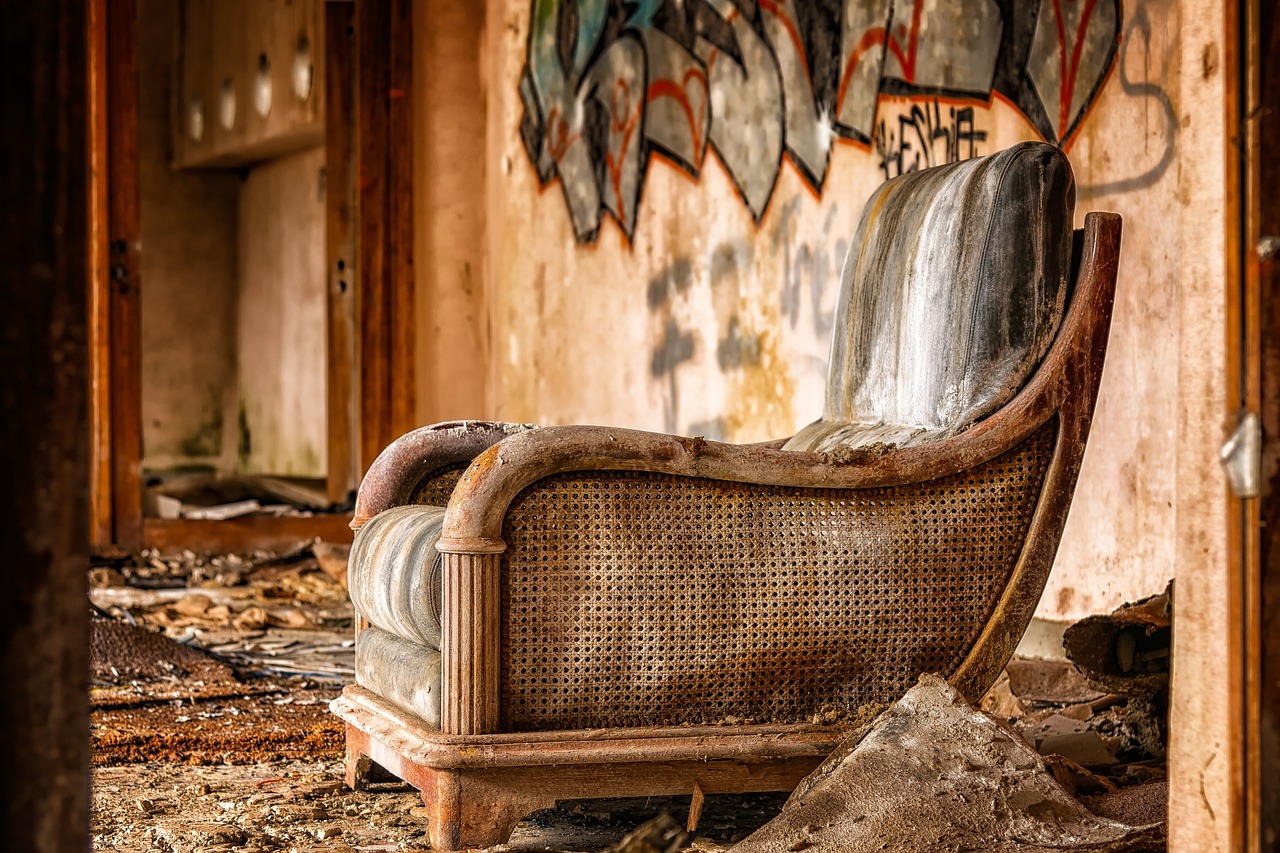
Adding Unique Touches
When it comes to upcycling furniture, adding unique touches is like putting the cherry on top of a delicious sundae. It’s these little details that transform a basic piece into a stunning statement. Think about it: what makes that vintage chair or old dresser stand out in a sea of mass-produced furniture? It’s all in the personalization! You can make your upcycled items truly yours by incorporating elements that reflect your style and personality.
One fantastic way to add flair is through the use of stencils. They can be used to create intricate designs or bold patterns that catch the eye. Imagine a simple wooden table adorned with a beautiful floral stencil. It’s not just a table anymore; it’s a piece of art! You can find stencils in various shapes and sizes, allowing you to customize your furniture to fit your home decor perfectly. Additionally, consider using decoupage techniques, where you apply decorative paper or fabric to your furniture. This method can add texture and color, making your piece feel fresh and vibrant.
Another way to infuse your personality into your upcycled furniture is by changing out the hardware. Swapping out standard knobs and handles for something quirky or vintage can completely change the look of a piece. For instance, replacing plain drawer pulls with colorful ceramic ones can add a pop of color and a touch of whimsy. You can even mix and match hardware styles for an eclectic look that tells a story.
Don’t forget about the power of color. Painting your furniture is a great opportunity to express yourself. Whether you go for a bold hue that makes a statement or a soft pastel that adds a touch of elegance, color can dramatically alter the perception of a piece. Consider using a two-tone technique, where you paint the body one color and the legs another, creating a striking contrast that draws the eye.
Lastly, think about adding embellishments such as trim, tassels, or even upholstery tacks. These details can elevate your furniture from ordinary to extraordinary. Imagine a simple upholstered chair with a row of shiny brass tacks along the seams or a dresser with colorful tassels hanging from the edges. These unique touches not only enhance the visual appeal but also make your furniture feel special and one-of-a-kind.
In summary, the beauty of upcycling lies in its potential for personal expression. By incorporating unique touches such as stencils, hardware changes, vibrant colors, and embellishments, you can create furniture that reflects your individuality. So roll up your sleeves, unleash your creativity, and let your furniture tell your story!
- What is upcycling? Upcycling is the process of transforming discarded items into new products of better quality or environmental value.
- Can I upcycle any type of furniture? Most furniture can be upcycled, but it’s essential to assess its condition and material first.
- Do I need special tools for upcycling? While some projects may require specific tools, many upcycling projects can be completed with basic tools like paintbrushes, sandpaper, and a screwdriver.
- How can I ensure my upcycled furniture lasts? Proper maintenance and care, such as cleaning and avoiding direct sunlight, can help prolong the life of your upcycled pieces.
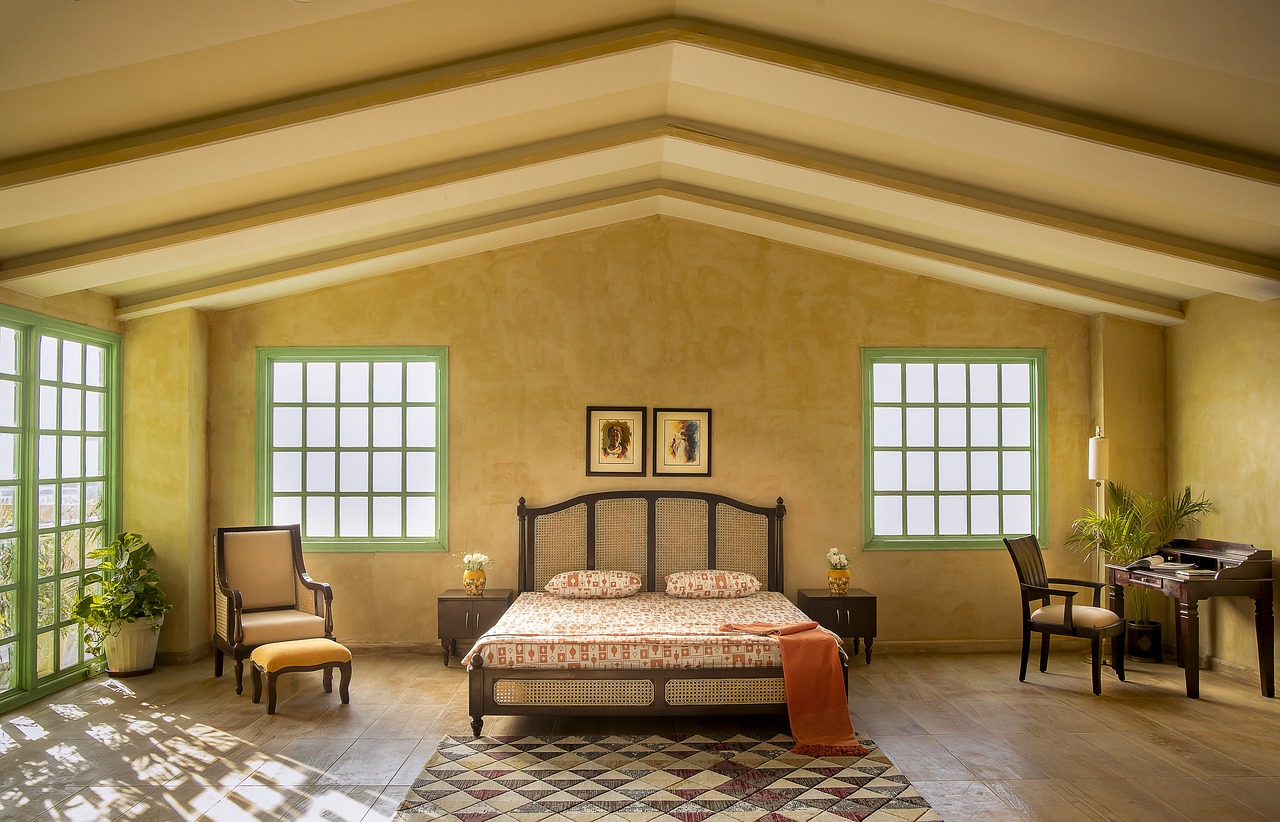
Maintaining Upcycled Furniture
Once you've poured your heart and soul into upcycling your furniture, the last thing you want is for it to lose its charm over time. Just like a cherished painting, your upcycled pieces deserve care and attention to keep them looking their best. Maintaining upcycled furniture isn't just about keeping it clean; it's about preserving the creativity and effort you invested in the transformation process. So, how do you ensure that your newly customized furniture stands the test of time?
First and foremost, regular cleaning is essential. Dust and dirt can accumulate quickly, especially on painted or upholstered surfaces. Use a soft, damp cloth to wipe down surfaces, and avoid harsh chemicals that could damage the finish or fabric. For upholstered pieces, consider using a vacuum with an upholstery attachment to remove any debris that settles in the fibers. Think of it like giving your furniture a refreshing spa day!
Next, consider the environment where your furniture resides. Direct sunlight can cause colors to fade, while high humidity can warp wood or promote mold growth. If possible, position your upcycled pieces away from windows or invest in sheer curtains to filter sunlight. In humid areas, using a dehumidifier can help maintain an optimal environment. Just like you wouldn’t leave a delicate flower in harsh conditions, your furniture needs a suitable setting to thrive.
Another critical aspect of maintenance is periodic inspections. Take the time to check for any signs of wear and tear. Look for loose screws, wobbly legs, or fraying upholstery. Addressing these issues early on can save you from more significant repairs down the line. If you notice any structural problems, consider reinforcing joints or tightening screws to ensure stability. After all, a sturdy piece of furniture is not only more functional but also safer for your home.
Additionally, applying a protective finish can go a long way in maintaining the beauty of your upcycled furniture. For painted surfaces, a clear coat can provide a barrier against scratches and stains. For wooden pieces, consider using furniture wax or oil to nourish the wood and enhance its natural grain. Just like a good moisturizer keeps your skin healthy, a protective finish keeps your furniture looking fresh and vibrant.
Lastly, don't forget to embrace the personal connection you have with your upcycled furniture. Just as you would care for a beloved pet, give your furniture the attention it deserves. Share stories about your upcycling journey with friends and family, and encourage them to appreciate the artistry behind each piece. This emotional investment not only enhances your experience but also fosters a deeper appreciation for the unique character that upcycled furniture brings to your space.
- How often should I clean my upcycled furniture? It's best to clean your furniture regularly, at least once a month, to prevent dust buildup and maintain its appearance.
- Can I use any cleaning products on my upcycled furniture? Avoid harsh chemicals. Opt for gentle cleaners or natural solutions like vinegar and water to protect your finishes.
- What should I do if my upcycled furniture starts to show wear? Inspect for loose parts and address any issues promptly. You may need to reinforce joints or touch up paint as needed.
- Is it necessary to apply a protective finish? While it's not mandatory, applying a protective finish can significantly extend the life of your furniture and keep it looking new.
Frequently Asked Questions
- What is upcycling, and how is it different from recycling?
Upcycling is the process of transforming discarded items into something valuable or artistic, enhancing their usefulness and aesthetic appeal. Unlike recycling, which breaks materials down to create new products, upcycling gives a second life to items without the need for extensive processing, making it a more sustainable option.
- How do I choose the right furniture for upcycling?
When selecting furniture for upcycling, consider the material, condition, and style. Look for sturdy pieces with good bones, as they can withstand the transformation. Also, think about how the existing style can be enhanced or altered to fit your vision, ensuring a successful and harmonious final product.
- What tools and supplies do I need for a successful upcycling project?
Essential tools for upcycling include sandpaper, paintbrushes, a staple gun, fabric scissors, and a measuring tape. Supplies may vary based on your project but often include paint, fabric, wood glue, and decorative elements like stencils or hardware. Having the right tools at hand can make your project smoother and more enjoyable.
- Can I upcycle furniture that has structural damage?
Yes, but it’s important to assess the extent of the damage first. Small issues can often be repaired with wood glue or screws, while more significant problems may require professional help. Always prioritize safety and stability before diving into your creative project.
- What types of paint are best for furniture upcycling?
Chalk paint, acrylic paint, and milk paint are popular choices for upcycling furniture. Chalk paint offers a matte finish and is easy to distress, while acrylic paint provides a durable finish. Milk paint is a natural option that can create a rustic look. Choose based on the desired finish and the furniture material.
- How can I incorporate my personal style into my upcycling projects?
To express your individuality, consider your favorite colors, patterns, and textures. Use unique fabrics for upholstery, choose paint colors that resonate with you, and add personal touches like custom stencils or hardware. The goal is to create pieces that not only serve a function but also reflect your personality.
- What maintenance is required for upcycled furniture?
Maintaining upcycled furniture involves regular cleaning with appropriate products, avoiding harsh chemicals that can damage finishes. Additionally, check for any loose parts or wear and tear, and perform minor repairs as needed to keep your pieces looking great and functioning well for years.



















